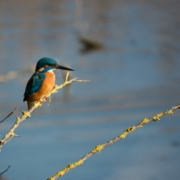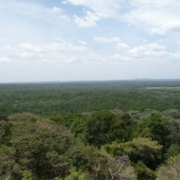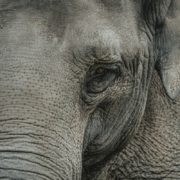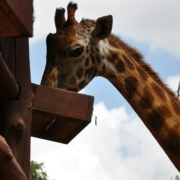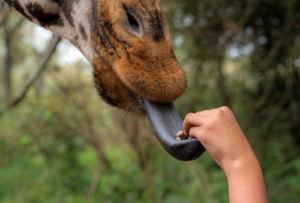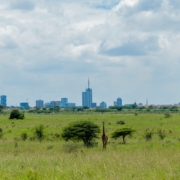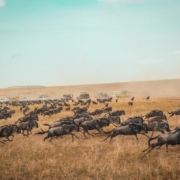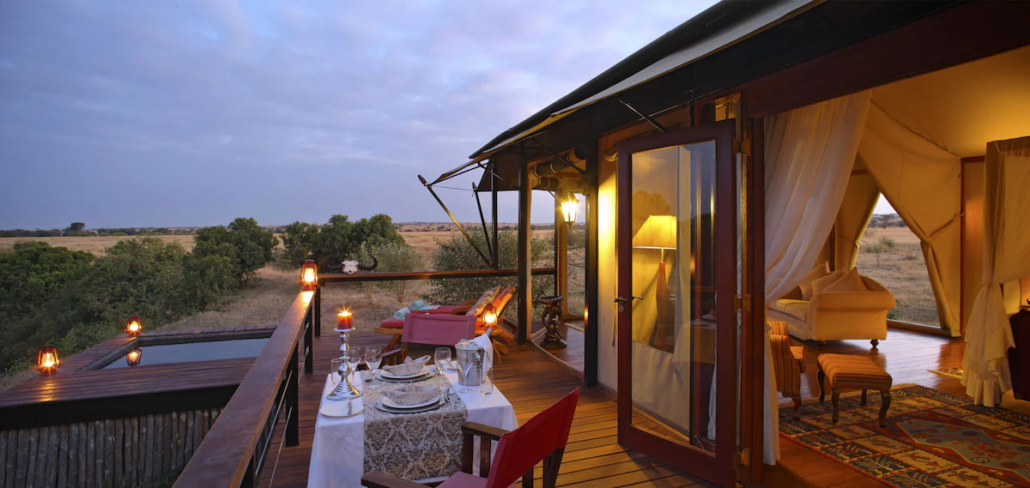Birdwatching vacation Kenya – Lake Nakuru
Our Birdwatching vacations at Safari Adventurers often take travelers to diverse ecosystems such as forests, wetlands, grasslands, and coastal regions, where they can encounter a wide variety of bird species
Imagine a shimmering lake teeming with vibrant life, where thousands of birds paint the sky with their colorful wings. Welcome to Lake Nakuru National Park, Kenya’s crown jewel for birdwatchers! This haven for feathered friends offers an unforgettable encounter with diverse species, from graceful flamingos to elusive endemics. Get ready to embark on a captivating journey through this avian paradise!
A Land of Diverse Ecosystems:
Nestled amidst the Great Rift Valley, Lake Nakuru National Park boasts a unique blend of landscapes. From sprawling grasslands and acacia woodlands to the iconic soda lake itself, each habitat fosters a dazzling array of birdlife. This ecological diversity makes Lake Nakuru a magnet for over 450 bird species, captivating nature enthusiasts worldwide.
A Feast for the Eyes: Bird Species Galore:
Prepare to be mesmerized by the sheer number and variety of birds at Lake Nakuru. Witness the spectacle of thousands of pink Lesser Flamingos wading gracefully in the shallows, their vibrant plumage reflecting the sunlight. Look out for elegant Greater Flamingos, their long legs adding another dimension to the breathtaking scene.
Migratory Marvels and Rare Gems:
Beyond the resident birds, Lake Nakuru transforms into a haven for migratory species. Every year, witness the awe-inspiring arrival of European and Asian birds seeking refuge and nourishment. Keep your eyes peeled for the Black-winged Stilt, the Common Greenshank, and even the majestic Eurasian Curlew, each a testament to the wonders of nature’s interconnectedness.
Unveiling Secret Hideouts:
Join fellow birdwatchers at designated hotspots like Baboon Cliff and Observation Point, offering panoramic views of the lake and surrounding areas. For specific species, venture deeper. Seek out the elusive Grey-headed Kingfisher along the riverbanks, or observe the acrobatic feats of the Long-tailed Widowbird in the grasslands. Guided tours with expert birders can help you discover hidden gems and unlock the secrets of each feathered inhabitant.
Beyond the Visual Feast:
Birdwatching isn’t just about spotting pretty colors. Observe the fascinating interactions between species, witness unique feeding strategies like the flamingo’s filter-feeding, and marvel at the intricate nest-building techniques of different birds. Remember, these feathered wonders play a vital role in maintaining the delicate balance of the park’s ecosystem, adding another layer to your appreciation.
Capture the Moment:
Lake Nakuru is a photographer’s paradise. Equip yourself with a telephoto lens and capture unforgettable close-ups of these magnificent creatures. Patience and understanding of bird behavior are key to getting those award-winning shots. Be inspired by the work of renowned bird photographers and share your own captures with the world!

